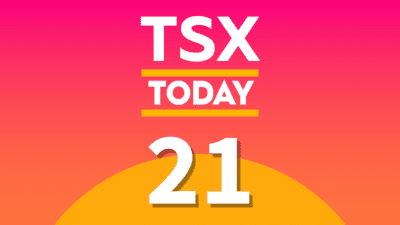The Registered Retirement Savings Plan (RRSP) is an excellent tool for Canadians. It provides a way to put cash aside for retirement and makes it pretty darn difficult to take it out. And that’s a good thing! You want that cash set aside for a long time. The longer you do, the more you can make from your investments.
However, some Canadians may not realize there are benefits to putting as much as you can in your RRSP. In fact, if you do, the Canada Revenue Agency (CRA) may just give you some major cash back.
Sorry, what?
That’s right. One of the best benefits to investing in your RRSP is the present benefits from the CRA. For every dollar you put into your RRSP, that dollar is taken off your income at the end of the year. Income that you are taxed. Do you see where I’m going with this?
If you were to put in enough cash into your RRSP, you could bring your annual income down to a whole different tax bracket. And that can save you literally thousands each year! It should really be your ultimate goal for each year.
How to start
First off, look at your Notice of Assessment from last year. This can be found online through the CRA webpage. You can also call CRA and they’ll tell you this information. At the bottom of the Notice of Assessment is your yearly RRSP contribution limit. This is limit to how much you can put into your RRSP each year.
If you can, try and reach that goal! But it’s not necessary if all you want to do is bring yourself down to another tax bracket. So, let’s look at an example of how much you should contribute to do this using a few examples.
Some examples
For each province and territory, you need to pay both provincial or territorial and federal taxes. Depending on how much you make, those taxes get higher and higher with your income. The average Canadian salary is about $55,000. So, let’s use this as an example to figure out your contribution amount.
If you live in Ontario, a $55,000 salary would mean you’re paying 9.15% to the Ontario government and 20.5% to the federal government. So, when tax time comes, that means paying around $8,790 in taxes for the year.
Now, if you were to make under $45,143, then you would be brought down to another tax bracket for both Ontario and federally. In this case, you would pay 5.05% to the Ontario government and 15% to the federal government. That would mean contributing $9,857.
You’ll notice that’s more than your taxes you pay. However, that’s money you’ve put aside for yourself in the first place — not the government. But presently, you’ll also now be paying just $5,955 in taxes, saving you $2,795!
Make more and earn less
If this is your strategy, to the CRA, you’ve earned less, but you’re really making even more. You’ve put aside $9,857 to your RRSP towards your income. You can also invest that amount into a dividend stock like Canadian Imperial Bank of Commerce right away to earn even more in dividend income! Plus, it’s in value territory today, offering defence during this downturn, as we enter and eventually exit a recession.
You can also break up your investment of $9,857 up to ease the blow over the next year. It would take $822 each month for you to reach your eventual goal to bring you down into an entirely new tax bracket. You could also just aim for a lesser federal or provincial tax bracket as well.
Whatever your choice, make sure to consistently invest to make the most of your retirement income. And don’t go spending all those tax savings in one place!










